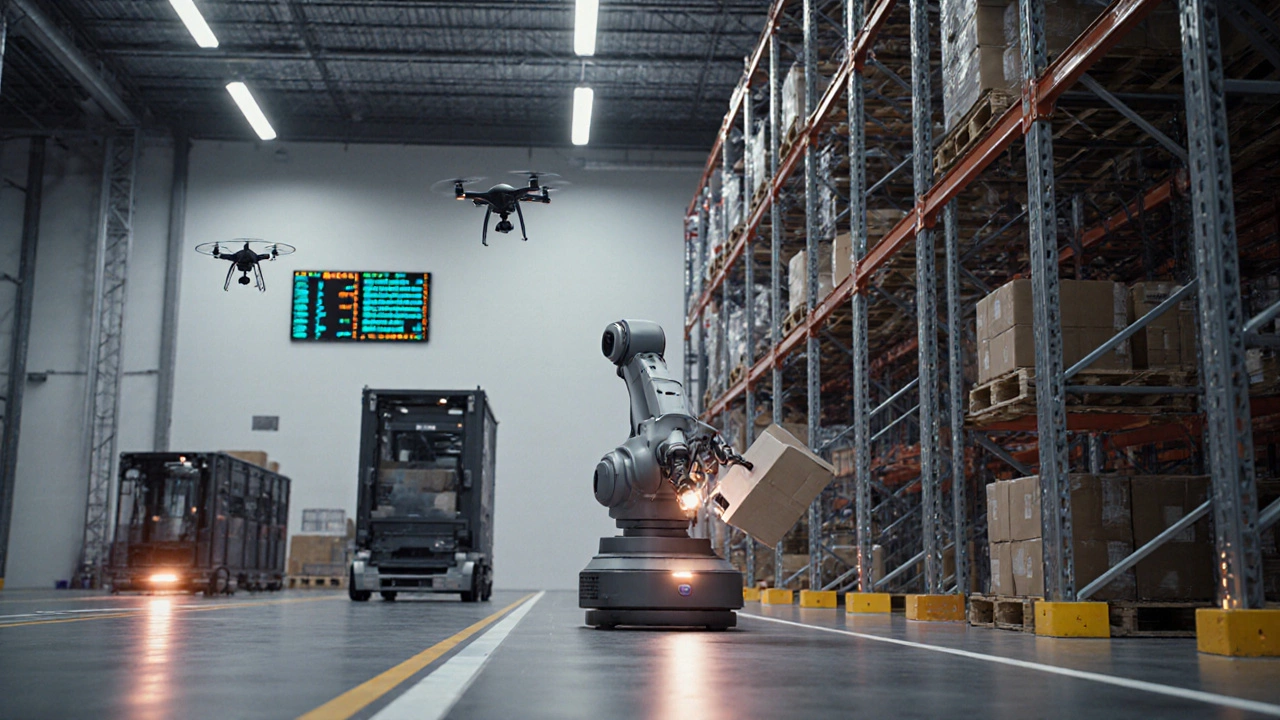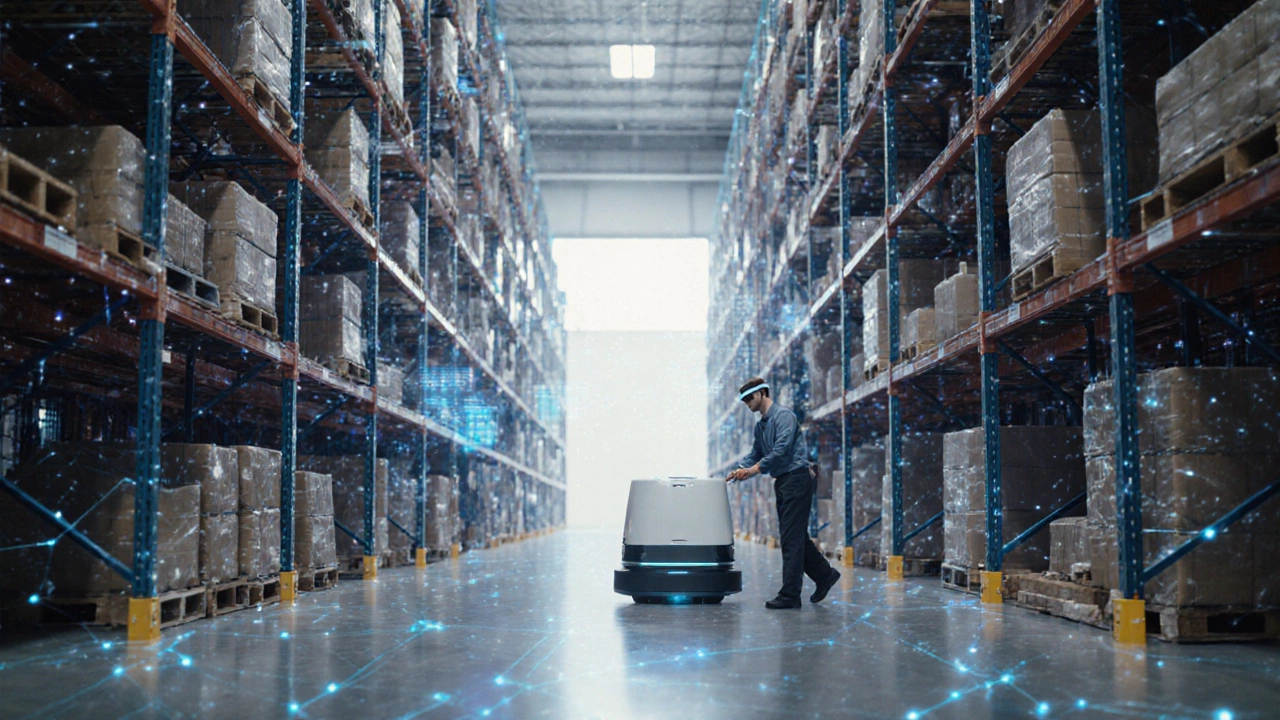IoT in Logistics: Smart Connectivity Driving Efficient Supply Chains
When working with IoT, a network of connected devices that share data instantly. Also called Internet of Things, it powers smart sensors, tiny devices that monitor temperature, location, and motion and feeds information into warehouse management systems, software that coordinates inventory, picking, and shipping. The result is a more responsive supply chain, the end‑to‑end flow of goods from supplier to customer.
Why IoT matters for modern logistics
Smart logistics runs on the idea that every pallet, truck and shelf can talk to a central brain. IoT provides that brain by delivering real‑time data to analytics engines. When a temperature sensor reports a deviation, the system instantly alerts the warehouse manager, triggers a corrective action, and updates the order status for the customer. This loop reduces spoilage, cuts manual checks, and keeps inventory counts spot‑on. In practice, companies see inventory accuracy jump from 85 % to over 98 % after connecting their assets.
Beyond accuracy, IoT fuels predictive maintenance. Sensors on conveyor belts record vibration patterns, and AI models flag when a motor is likely to fail. By scheduling repairs before a breakdown, businesses avoid costly downtime and keep order fulfillment on track. The same principle applies to delivery fleets: GPS units paired with fuel‑usage monitors help operators plan routes that avoid congestion, saving time and reducing emissions.
When data streams from dozens of devices converge in a warehouse management system, the platform transforms raw numbers into actionable insights. Operators can see which SKU moves fastest, which dock doors are underutilized, and where space can be reclaimed. This visibility drives continuous improvement – a core promise of any modern supply chain.
Security is a common concern, but most logistics providers adopt end‑to‑end encryption and device authentication to protect the data pipeline. Edge computing also helps by processing sensitive information locally, sending only aggregate results to the cloud. The result is a balanced approach that keeps the network fast, reliable, and safe.
The articles below illustrate how IoT touches every corner of logistics. Whether you’re exploring insurance needs for gig‑based delivery drivers, hunting the highest‑paying logistics jobs, or comparing package size limits for major carriers, you’ll see how connected technology underpins each topic. Understanding the IoT layer gives you a clearer picture of why these issues matter today.
Below, you’ll find a curated selection of posts that dive deeper into specific logistics challenges, tools, and trends. Use them to see practical examples of IoT in action, pick up tips for implementation, and discover how smarter connectivity can lift your own operations.
Top Modern Warehouse Technologies in 2025
Explore the latest warehouse technologies-robots, drones, IoT, cloud WMS, and more-and learn how they boost speed, accuracy, and scalability in 2025.
Read MoreFuture Warehouse Technologies: Robotics, AI & IoT Trends for 2025
Explore the cutting‑edge warehouse technologies reshaping logistics in 2025, from robots and AI to IoT, digital twins, drones and blockchain, with practical tips and a clear implementation roadmap.
Read More
